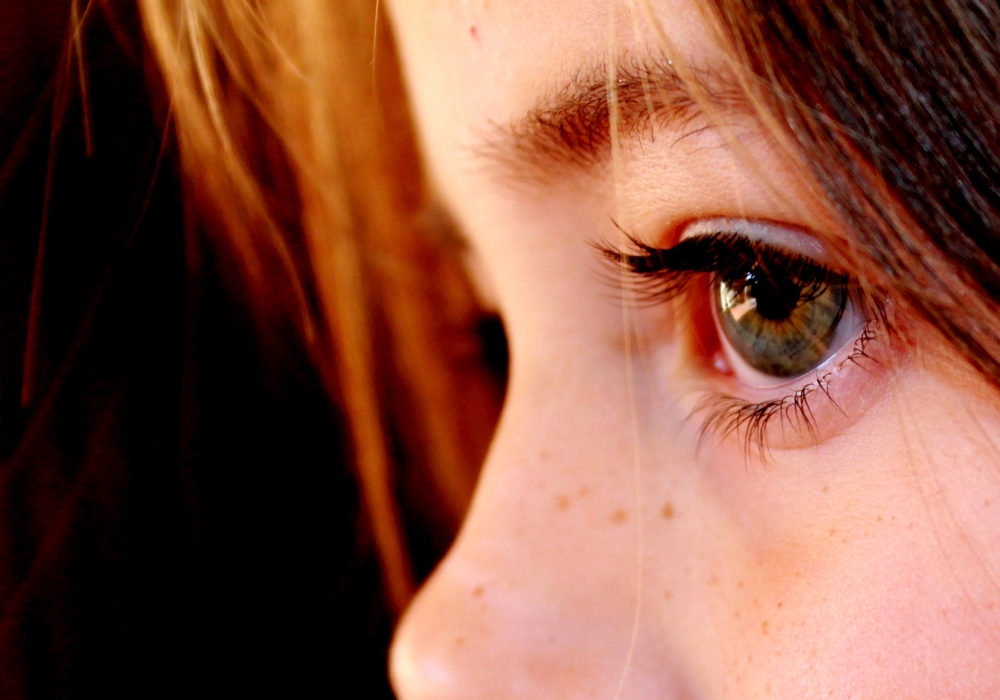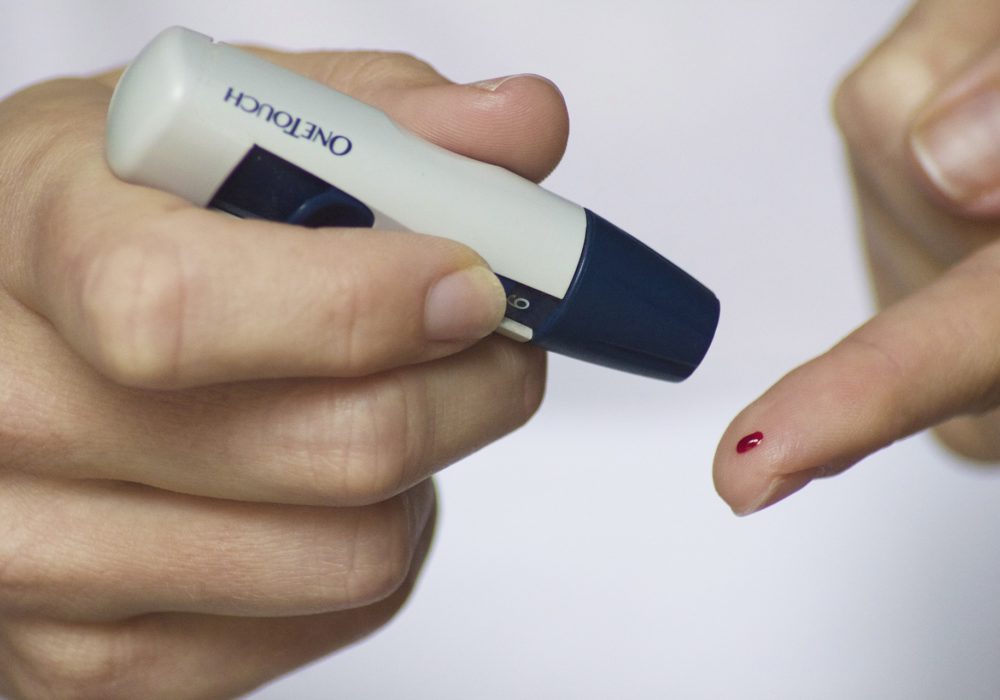For both adults and children alike, eye exams are an important part of one’s general health maintenance and assessment. Your eyes should be checked regularly to ensure that you are able to see as best as possible. Regular eye health exams will also check for signs of eye disease or conditions that can affect not only your vision but your overall health. Vision and eye health is such a critical part in learning and development, therefore, we highly recommend eye exams for infants and children.
Vision Screening vs. an Eye Exam
When we recommend regular eye exams, this should not be confused with a vision screening. A vision screening is a basic test that indicates if you have difficulty seeing and require further assessment and corrective measures. It can be performed by anyone, whether it is a school nurse, a pediatrician or even a volunteer at a vision clinic. A vision screening usually only checks vision, it does not check eye health. Also, most vision screenings for kids only check for nearsightedness (when you can not see far), but what happens when the majority of children are farsighted? Most of the time many of these kids get overlooked.
A comprehensive eye exam on the other hand, can only be performed by an eye doctor as it requires special knowledge and equipment to look around and into your eye to check your eye and vision health. Such an exam can assess whether there are underlying causes for vision problems and whether there are any signs of disease which can threaten your site and the health of your eye. A comprehensive eye examination can also diagnose symptoms of diabetes, high blood pressure, high cholesterol, tumors, cancer, autoimmune disorders, and thyroid disorders. A comprehensive eye examination will also provide an accurate prescription for eyeglasses or contact lenses.
Eye Exams for Eye Health
Eye exams are critical because many vision threatening eye diseases such as glaucoma, macular degeneration, cataracts, or diabetic retinopathy have no or minimal symptoms until the disease has progressed. In these cases, early detection and treatment is essential to halting or slowing down the progression of the disease and saving eyesight. During a comprehensive eye examination, your eye doctor will be looking for initial signs of these diseases. If a problem with your eyes arises such as red eyes, eye allergies, dry eyes, eye swelling,eye pain, always seek an eye doctor as your first doctor to call since they are specifically trained to treat eye diseases.
Eye Exams and Children
If your child is having developmental delays or trouble in school there could be an underlying vision problem. Proper learning, motor development, reading, and many other skills are dependent upon not only good vision, but your eyes functioning together. Children that have problems with focusing or hand-eye coordination will often experience frustration and may exhibit behavioral problems as well. Often they don’t know that the vision they are experiencing is abnormal so they aren’t able to express that they need help. Many conditions are much easier to treat when they are caught early while the eyes are still developing, so it is important to diagnose any eye health and vision issues as early as possible.
If it’s time for your next annual eye exam, please call us today to schedule your appointment!







